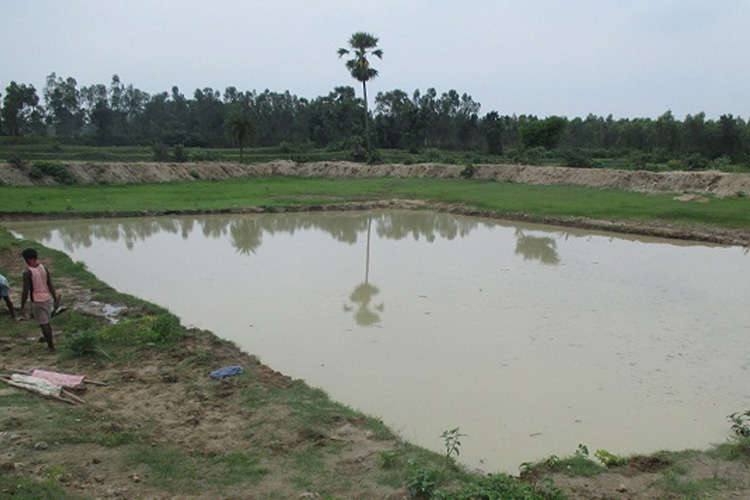
Development of Land & Water Resources
Sustainability of livelihood can be achieved through restoration and management of the available natural resources.
Agriculture based livelihood is incomplete without developing two resources- land and water. Watershed management is the process of guiding and organizing the use of land and other resources in a watershed to provide desired goods and services without adversely affecting soil and water resources.
To accelerate the pace of development of wastelands/degraded lands the Government had set up the National Wastelands Development Board in 1985 under the Ministry of Environment and Forests. Later a separate Department of Wastelands Development in the Ministry of Rural Development and Poverty Alleviation was created in 1992 and the National Wastelands Development Board was transferred to it.
In April 1999, Department of Wastelands Development was renamed as the Department of Land Resources to act as the nodal agency for land resource management. Consequently, all land-based development programmes and the Land Reforms Division were brought under this department. Drought Prone Areas Programme (DPAP), Desert Development Programme (DDP) and Integrated Wastelands Development Programme (IWDP) were the watershed management programmes implemented by the department.
Keeping in view with the principle of watershed management, Shamayita Math’s prime objective is:
• Enhancement of agricultural productivity and production in a sustainable manner.
• Restoration of ecological balance in the degraded and fragile rain fed eco-systems.
• High water use efficiency and cropping intensity.
• Livestock, fishery, other household production/development.
• Development/conversion of waste land.
• Reduction in regional disparity between irrigated and rain-fed areas.
